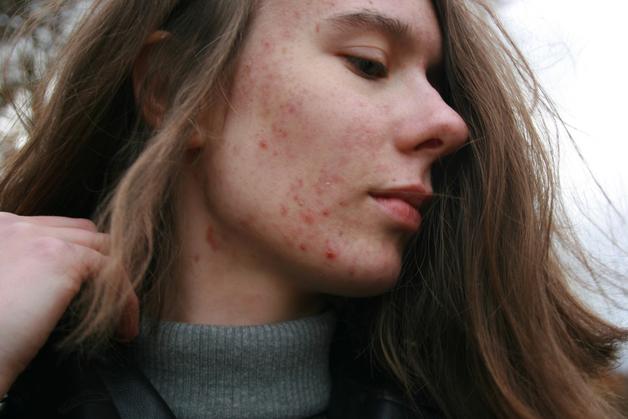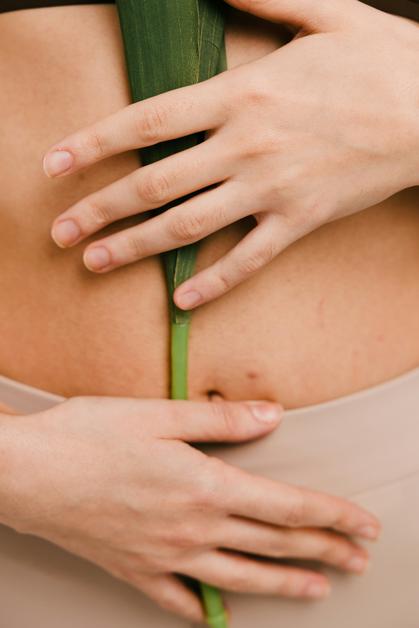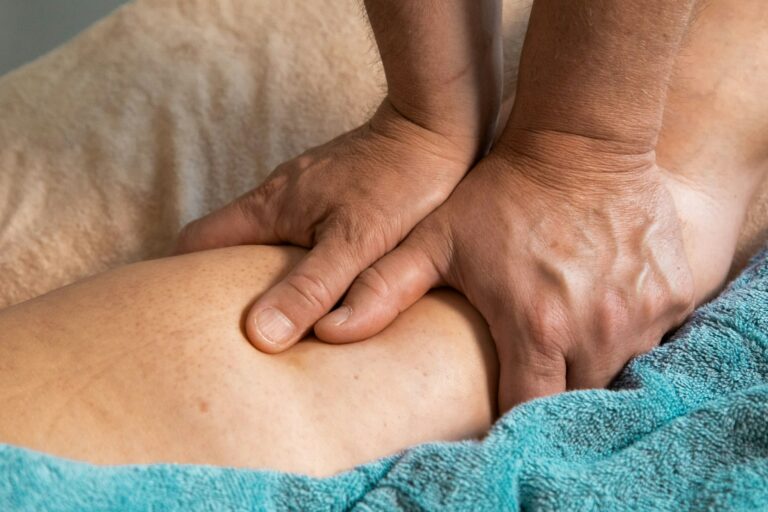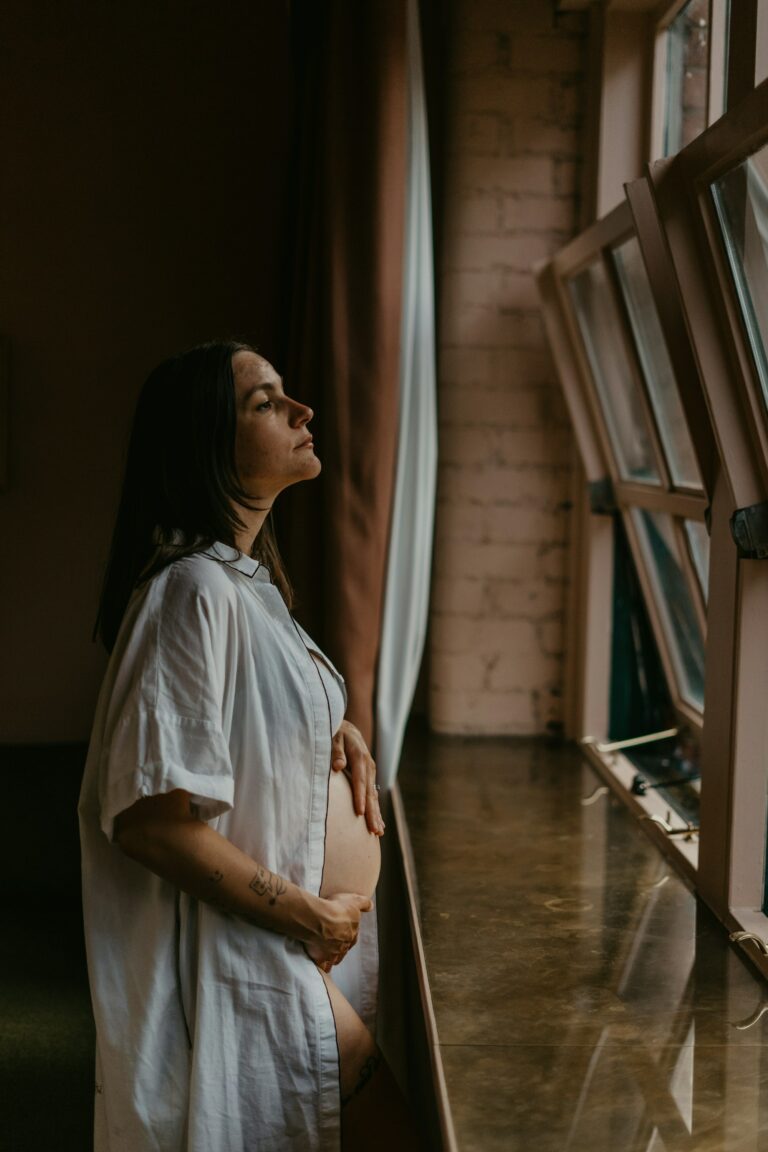Pregnancy, a truly transformational journey, brings with it surprises the skin has never seen before. For many parents-to-be, catching a glimpse of new pimples or blemishes—what the doctors call pregnancy acne—sparks worry and sometimes even self-doubt. The face in the mirror looks different: cheeks peppered, chin erupting, unfamiliar red spots along the jawline. How to balance this sudden change with all the other emotions and adaptations pregnancy demands? Not easy, certainly not trivial. Questions come flooding in: Why is this happening now? Could my diet, my makeup or even my mood make things worse? And what about all those medications and home remedies—are they really safe to try when carrying a little one? Here’s a sprint through the science, gentle preventive habits, thoughtful skincare, medical do’s and don’ts, and answers to those pressing parent questions. Most importantly, let’s shed some light and reassure—pregnancy acne, while frustrating, is a common, almost expected, twist in this story.
What is Pregnancy Acne and Why Does It Happen?
Pregnancy acne isn’t just an ordinary pimple outbreak. It strikes when hormones—mainly progesterone and estrogens—start to surge. These hormones activate the sebaceous glands, which in turn produce more oil (also called sebum). Excess oil, when mixed with dead skin cells, easily blocks hair follicles. Blocked follicles become the host for pimples, blackheads, whiteheads, even deeper, more painful nodules. Sounds familiar? About 42–43% of pregnant women will see some form of pregnancy acne, usually early in the journey but sometimes later too.
Ever notice that breakouts appear suddenly, even for those with never a pimple as teenagers? That’s hormonal power! Add in genetics—a family history of acne or irregular cycles—and you’re even more likely to see a flare. Plus, stopping hormonal contraceptives before pregnancy shakes up hormonal balance, sometimes exposing skin to surprise outbreaks.
Beyond Hormones: Other Triggers and Daily Factors
Hormones get most of the attention, but stress, diet, cosmetics, and the environment all contribute ingredients to this complicated recipe.
- Elevated cortisol (the stress hormone) can push your skin toward more breakouts, sometimes making even mild cases look severe overnight.
- Diet, especially when rich in high-glycemic foods like white bread, rice, and sugary snacks, fuels spikes in insulin—yet another hormone nudging your oil glands into overdrive. On the other hand, zinc-rich foods (think beans, eggs, seafood) and omega-3 fatty acids (found in fatty fish and walnuts) can gently nudge skin towards equilibrium.
- Oily or heavy makeup products may clog pores, while abrasive scrubs can inflame tender skin.
- Sun exposure may seem to calm pimples, but beware: often, it brings a deceptive calm followed by future outbreaks—a “rebound” of oil production.
Curious why acne chooses cheeks, forehead, shoulders, even your back as its canvas? Here’s the science—these areas have more sebaceous glands and react most fiercely to shifting hormones.
How Does Pregnancy Acne Look? Typical Symptoms and Spots
Expect to see a medley of skin changes—not just the classic red pimple but also:
- Papules (small, red bumps)
- Whiteheads (closed comedones)
- Blackheads (open comedones)
- Microcysts—tiny bumps hiding beneath the surface
- Deep, tender nodules (in severe or persistent cases)
Chin, jawline, cheeks, forehead, shoulders, upper back, chest, even the neckline—pregnancy acne does not discriminate! Sometimes, people even spot blemishes on the hairline or back of the neck. But don’t confuse it with the “pregnancy mask” (chloasma): that’s all about brown patches, no pimples, no fuss from the sebaceous glands.
If you spot unusually persistent nodules, or if lesions seem different from typical acne, consider seeking an expert’s advice to rule out rare conditions like rosacea or fungal infections.
Preventing and Minimizing Pregnancy Acne: Small Changes, Real Impact
Dreaming of clear skin during pregnancy? Achievable, mostly! Here’s how parents can gently nudge their skin back towards calm:
- Cleanse morning and night with a gentle, soap-free gel—no harsh chemicals, no strong scents.
- Choose a lightweight, non-comedogenic moisturizer. Labels matter; look for “suitable for use during pregnancy.”
- Skip the gritty scrubs. Gentle skin wins over rough, abrasive methods.
- Sun protection: a broad-spectrum SPF 30–50 cream daily, not just at the beach.
- Hands off: picking or squeezing pimples almost always backfires—think scars and longer healing.
- Change pillowcases regularly, tie hair back at night, and keep hair products away from the face whenever possible.
- Embrace a low glycemic index diet. Prioritize legumes, eggs, and healthy fats for a touch of dietary balance.
- Support emotional wellness: gentle exercise, laughter, perhaps a little yoga, are good not only for the mind but also for hormone balance.
- All skincare and cosmetic products should be non-comedogenic and free from so-called endocrine disruptors.
Safe Ways to Soothe Pregnancy Acne: Nature Meets Evidence
Many parents instinctively turn to gentle, natural options. The key—simplicity and routine:
- Twice-daily gentle cleansing tackles excess sebum, removing oil without stripping or irritating.
- Moisturizers matter: think jojoba or evening primrose oil (a few drops only, both safe for acne-prone skin in moderation).
- Clay or rhassoul masks once or twice a week soak up oil and calm red patches.
- Pure aloe vera gel on red or broken-out areas—soothing, antibacterial, and pregnancy-friendly.
Curious about home solutions? Diluted apple cider vinegar (always patch test first), oatmeal masks, and raw honey have their place for mild cases, but avoid the lure of lemons or untested essential oils. Baking soda as a spot treatment? Safe if rare, but daily use will tip the balance toward irritation.
Don’t forget: While these gentle approaches offer relief, parents dealing with painful, stubborn, or wide-spread pregnancy acne deserve a check-in from their doctor.
Medications and Professional Treatments: Only the Safest Options
With so many skincare products promising miracles, which ones are really pregnancy-safe? Most prescription acne treatments are off-limits:
- Retinoids (oral or topical), tetracyclines, and high-dose salicylic acid are firmly avoided—these cross the placenta.
- A few safe options (always under medical advice): topical benzoyl peroxide (used locally, not on large areas), azelaic acid, topical clindamycin or erythromycin.
- Oral zinc supplements may help, but should start only in the second trimester and with explicit professional approval.
Wondering about beauty clinic offerings? Some gentle blue light therapies, certain lasers (such as Nd:YAG), and mild glycolic or lactic acid peels can be considered under the careful guidance of a specialist—never as a first, unsupervised attempt.
Building a Pregnancy-Safe Skincare Routine
Parents juggling hormones and hectic days benefit from structure. Here’s a minimalist, effective routine:
- Cleanse with a soap-free, balanced gel twice daily
- Moisturize gently—no mineral oils, no heavy creams
- Mask with gentle clay or rhassoul weekly
- Dabble in anti-blemish serum (if clearly pregnancy-safe)
- Never skip broad-spectrum sun protection (SPF 30–50)
- Exfoliate very gently every 10–15 days, with no rough scrubs in sight
And remember: Sleep, good food, moving gently, and caring for your mind all add up to healthier, more resilient skin.
How Pregnancy Acne Can Affect Emotional Well-being
A sudden battle with pregnancy acne isn’t just skin-deep. For some, it chips away at self-confidence, sparking worries about appearance at work, family gatherings, or simply looking in the mirror. These reactions are normal—skin changes sit at the shifting intersection of body and mind. The good news? For most parents, pregnancy acne fades as hormone levels stabilize after birth. Self-care matters: be gentle with routines, talk with supportive friends or family, and don’t hesitate to ask for professional help if skin troubles start to cloud your mood or disrupt your daily life.
Pregnancy Acne: Fact vs. Fiction
So many tales surround pregnancy acne—some charming, others misleading. Does it predict the baby’s gender? Science says no. Is it a reliable sign of pregnancy? Absolutely not—some breeze through without a single spot. And are all home remedies inherently safe? Not at all—some, such as lemon juice or strong essential oils, irritate more than help. Always lean into reliable science and professional health advice to choose what’s best for both you and your baby.
After Delivery: What If Pregnancy Acne Lingers?
Most parents see clear improvements weeks to a few months postpartum, but sometimes, acne persists. If breakouts hang on—especially if intense or emotionally draining—consider a check-up with a dermatologist. Sometimes new routines, topical antibiotics, or even more targeted therapies are required.
Breastfeeding tips: Many topical treatments—benzoyl peroxide, azelaic acid, erythromycin, clindamycin—remain safe, so long as they’re not used directly on areas where the baby feeds. Some oral antibiotics (penicillins, cephalexin, erythromycin) can also be prescribed if necessary, always under professional guidance. Isotretinoin is still firmly off the table. Stay mindful of self-care basics, hydration, and nutrition, and keep the lines of communication open if problems persist beyond a few months.
Key Takeaways
- Pregnancy acne arises predominantly from unique hormonal surges, affecting over 4 in 10 pregnancies—often unannounced, even in those without a prior history of skin issues.
- Most outbreaks take root on the face, back, chest, and shoulders through a combination of pimples, blackheads, and sometimes deeper nodules.
- Sticking to gentle hygiene, balanced diet, stress management and safe skincare routines is the best way forward for most parents.
- Only a handful of medications and professional procedures have proven safety records during pregnancy and breastfeeding; stay cautious with both pharmaceutical and natural solutions.
- If pregnancy acne is severe, persistent or emotionally overwhelming, medical support can make a real difference.
- For ongoing guidance, personalized support, and free child wellness questionnaires, explore the application Heloa—a helpful companion on the parenting health journey.
Questions Parents Ask
Can pregnancy acne predict the baby’s gender?
Curiosity often leads to exploring traditional theories—one of the most popular links acne with guessing a baby’s gender. Yet, there’s no medical evidence supporting this. Pregnancy acne is caused by natural hormonal changes and not connected to whether you’re expecting a boy or a girl. Every skin reacts in its own unique manner.
What supplements support skin health safely during pregnancy?
When nurturing skin during pregnancy, questions about vitamins and minerals frequently arise. Zinc is well-tolerated and often included in prenatal supplements; it may benefit skin health. Before trying any new supplement, especially those marketed with “clear skin” claims, consult with your healthcare provider to check if it fits your individual needs and pregnancy stage.
Can pregnancy acne appear in other places than the face?
Absolutely. It’s common to develop breakouts not just on the face but also on the back, shoulders, chest, and sometimes along the neckline or hairline. This happens due to hormonal changes influencing oil production throughout the body. New blemishes outside typical spots are frequent and usually temporary. Patience, gentle care and a little self-kindness go a long way in managing these changes.
Further reading:









